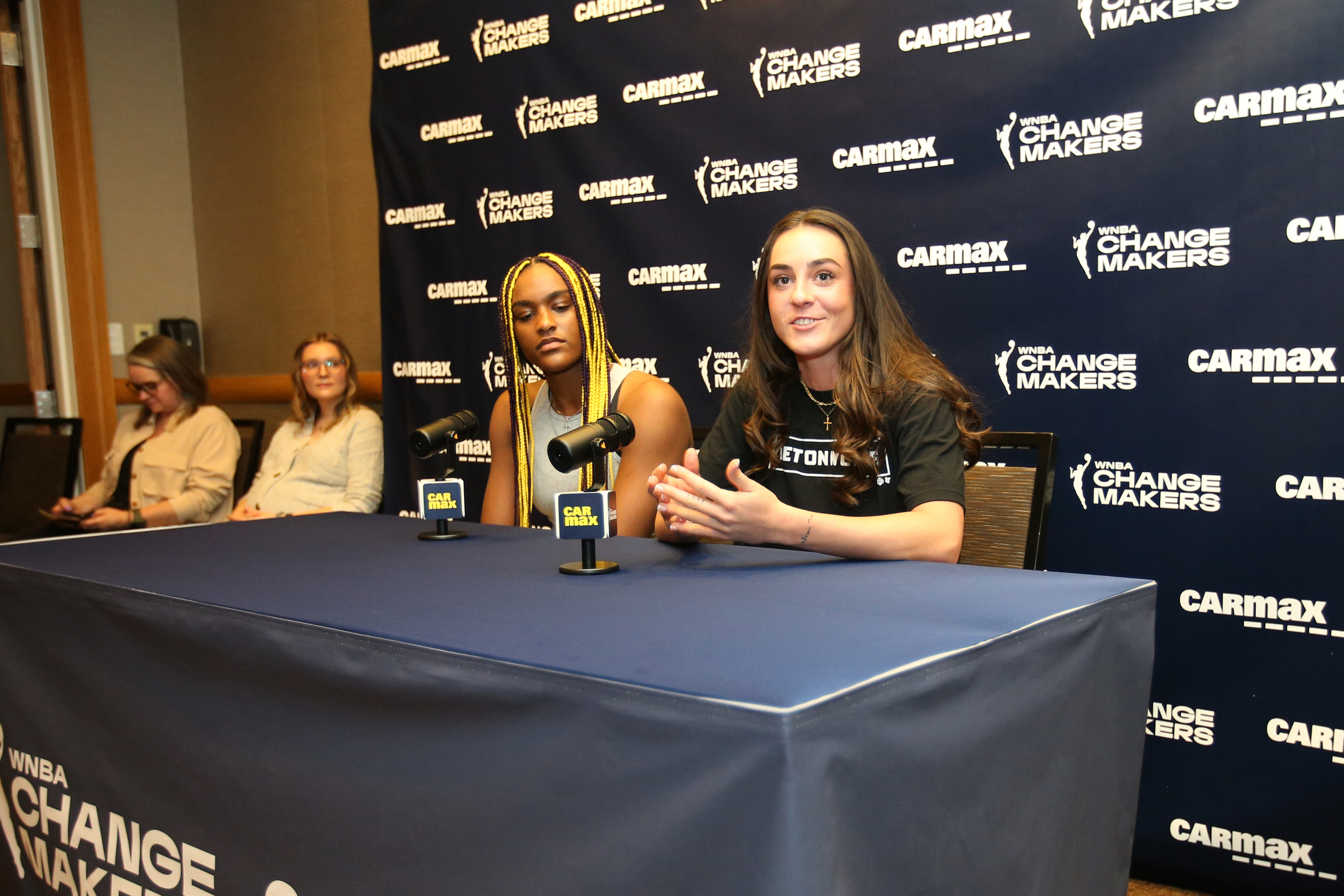People across the country struggle with mental health.
Whether it's seeing a loved one dependent on alcohol or struggling with dark thoughts, most people have been touched by mental health disorders.
The state's Department of Mental Health and Addiction Services (DMHAS) services people everyday who may struggle.
Last year, DHMAS found that more people came to them for help with substance abuse over any other disorder.
For Connecticut, a statistical report is put out by the Evaluation, Quality Management and Improvement (EQMI) Division of DMHAS.
For the fiscal 2015 year, 99,468 people were admitted to DMHAS programs, according to the report. This number accounts for people who may have one or multiple admissions.
Local
Out of those admitted, 68 percent were directed to Mental Health programs, while 75 percent went to Substance Abuse programs. Substance Abuse programs had 19,904 more people admitted than Mental Health programs, the report said. Some people were submitted to programs that serve both.
DMHAS said 7,210 people out of the 109,444 they serve received services for both Mental Health and Substance Abuse programs.
For both mental health and substance abuse programs, more than 35 percent said alcohol was their primary drug, while 33 percent said heroin, more than 12 percent said Marijuana and close to 7 percent used cocaine, the report said.
However, specifically for substance abuse programs only, 44 percent of people named heroin as their primary drug, while 30 percent named alcohol, according to the report.
In Connecticut, out of the top 20 diagnoses, the top five are related to substance usage.
About 23 percent of people admitted to DMHAS mental health programs were diagnosed with severe opioid use disorder.
Another 9 percent were diagnosed with other/unspecific alcohol dependent, 4.9 percent with schizoaffective disorder, 4 percent with major depressive affective disorder recurrent and 3.2 percent with post-traumatic stress disorder.
Under the "major diagnoses" category, major mood disorder, major depression accounted for 85.5 percent.
Anyone looking for more information on mental health and substance abuse or programs can go to the DHMAS website.



